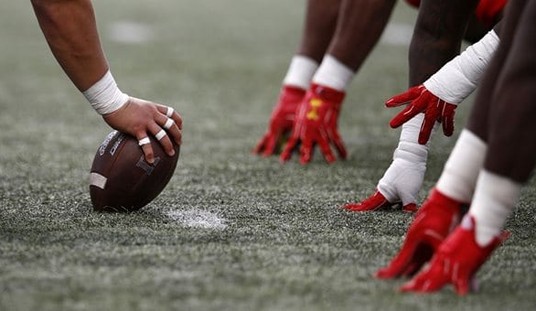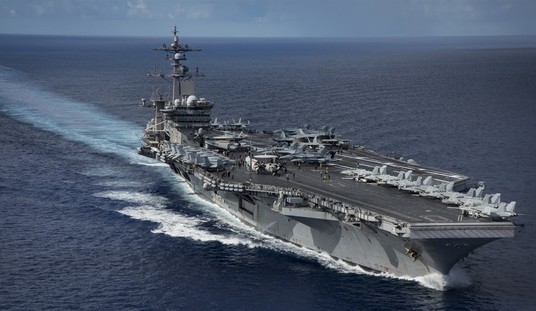
It’s said, and rightly, that 666 is a very bad number. The number 111 places above it is also not terribly pleasant, especially if that number is the speed at which your airframe is traveling when you leave it.
The RedState Department of History notes that today is the 62nd anniversary of G.F. Smith’s brush with death as well as with fate, when he became the first human being to survive an ejection from an airplane traveling at supersonic speed.
Smith’s remarkable story nearly didn’t happen. A test pilot for North American Aviation, Smith was quite literally on his way off the company’s test grounds in Los Angeles when he was asked to test-fly an F-100A prior to its delivery to the Air Force. Smith agreed and later, probably wished he hadn’t.
Prior to takeoff, Smith noted that the control surfaces of his plane seemed sluggish but elected to take off anyway. At 35,000 feet, the plane’s hydraulics failed and the plane went into a steep dive from which recovery was impossible.
Left with no other choice, Smith elected to eject at 6,500 feet, with his plane traveling at 777 miles per hour, nose pointed toward the ground.

F-100 “Super Sabre” fighters. Perhaps not G.F. Smith’s favorite plane. (Courtesy U.S. Air Force, public domain)
Suffice to say, Smith’s body underwent a rather traumatic experience, especially given the lack of knowledge at the time about high-speed bailouts. His body was subjected to a drag force of approximately 8,000 pounds, resulting in a 40-g deceleration.
Mercifully, Smith did not recall what came next. The ferocious windblast stripped him of his helmet, oxygen mask, footwear, flight gloves, wrist watch and even his ring. Blood was forced into his head which became grotesquely swollen and his facial features unrecognizable. His eyelids fluttered and his eyes were tortuously mauled by the aerodynamic and inertial load of his ejection. Smith’s internal organs, most especially his liver, were severely damaged. His body was horribly bruised and beaten as it flailed end-over-over end uncontrollably.
Smith and his seat parted company as programmed followed by automatic deployment of his parachute. The opening forces were so high that a third of the parachute material was ripped away. Thankfully, the remaining portion held together and the unconscious Smith landed about 75 yards away from a fishing vessel positioned about a half-mile form shore. Providentially, the boat’s skipper was a former Navy rescue expert. Within a minute of hitting the water, Smith was rescued and brought onboard.
Amazingly, Smith’s story has a happy ending. After seven months in the hospital, he enjoyed a full recovery except for damage to his liver. He even flew again — and even flew the Super Sabre again, an act which would have taken more guts than I’ve got.
Much was learned from Smith’s mishap — in fact, NASA was testing high-speed ejections using chimpanzees at the time in a program known rather unfortunately as Project Whoosh.
Enjoy your Sunday and today’s open thread. I hope it’s more relaxing than the day G.F. Smith endured on this day in 1955.












Join the conversation as a VIP Member